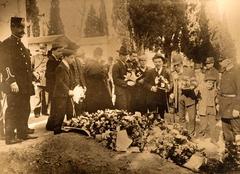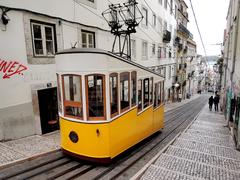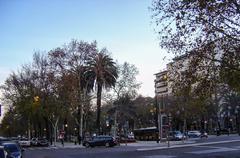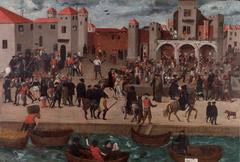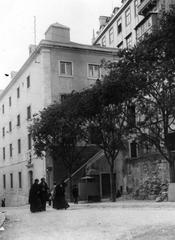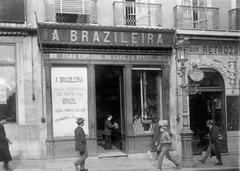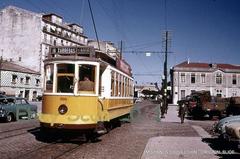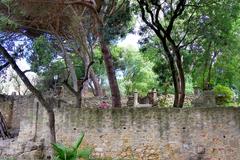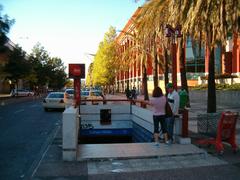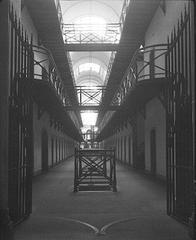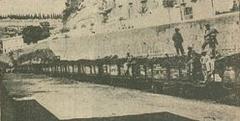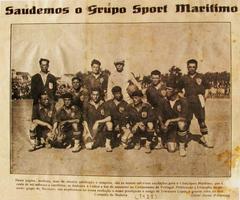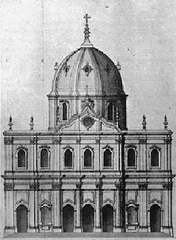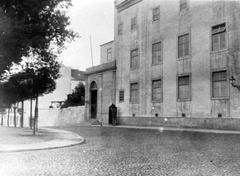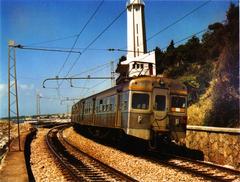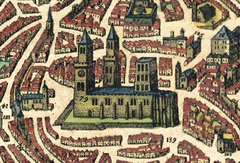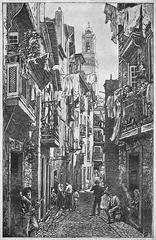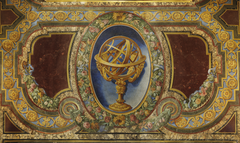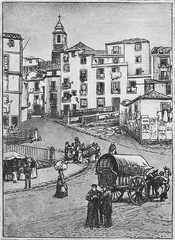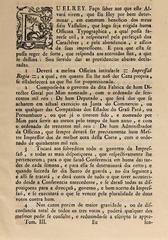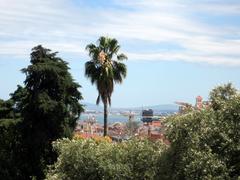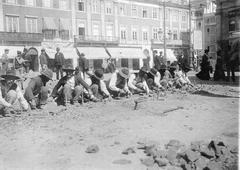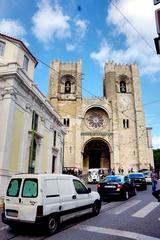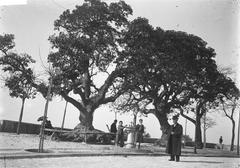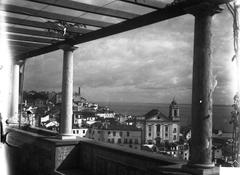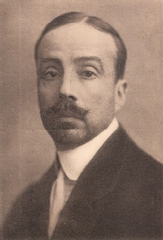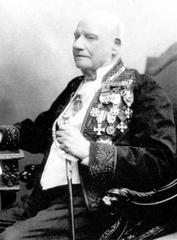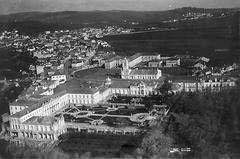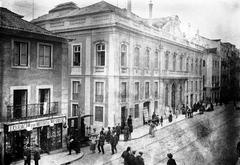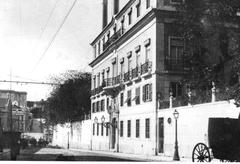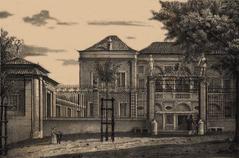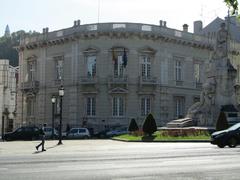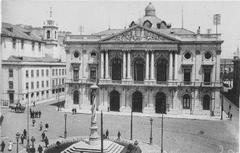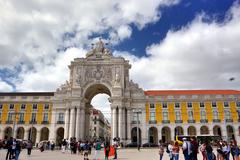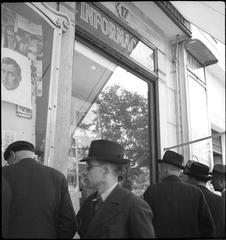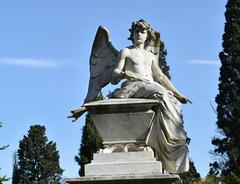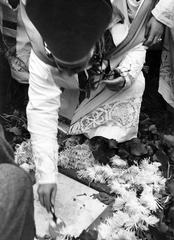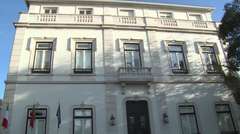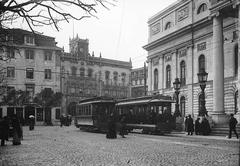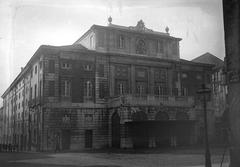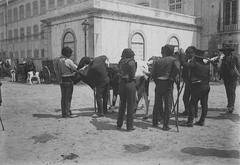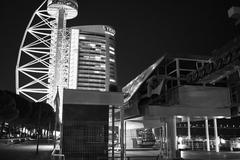Visiting Museu do Fado: Hours, Tickets, and Tips
Date: 18/07/2024
Introduction
The Museu do Fado, located in Lisbon’s historic Alfama district, offers an immersive experience into the heart and soul of Fado music. Inaugurated on September 25, 1998, this museum was established through the efforts of the Lisbon City Council and the Association of Friends of the Museum. Its location in Alfama is significant; this neighborhood is often regarded as the birthplace of Fado, a genre deeply embedded in Portuguese culture and history. The museum serves as a testament to the enduring power of this melancholic yet soulful music genre, which has been recognized by UNESCO as an Intangible Cultural Heritage of Humanity (Museu do Fado official website).
Visitors to the Museu do Fado are treated to a rich tapestry of artifacts and exhibits that trace the evolution of Fado from its humble beginnings in the 19th century to its contemporary global presence. The museum’s collection includes iconic Portuguese guitars, recordings of legendary Fado singers, and a plethora of photographs, costumes, and documents that provide a comprehensive understanding of Fado’s cultural significance. Whether you’re a music enthusiast or a curious traveler, the Museu do Fado offers a unique opportunity to delve into one of Portugal’s most cherished cultural treasures (Discover Museu do Fado).
Table of Contents
- Exploring Museu do Fado
- Visitor Information
- Travel Tips and Nearby Attractions
- Beyond the Exhibits
- Frequently Asked Questions
Exploring Museu do Fado
Birth of a Museum, Birth of a Legacy
Inaugurated on September 25, 1998, the Museu do Fado emerged from a dream to provide a tangible home for the intangible heritage of Fado. This dream was realized through the collective efforts of the Lisbon City Council and the Association of Friends of the Museum. The museum’s location in Alfama is no accident. This historic neighborhood, with its labyrinthine alleys and soulful echoes, is considered the birthplace of Fado. By choosing Alfama, the museum anchors itself to the very roots of the music it celebrates.
A Journey Through Time and Melody
The Museu do Fado takes visitors on a captivating journey through the history of Fado, from its humble origins to its international acclaim. The museum’s collection, meticulously curated, paints a vivid picture of Fado’s evolution through a rich tapestry of artifacts.
Treasures of Fado
Stepping into the museum is akin to stepping into a treasure trove of Fado memorabilia. Visitors encounter a diverse collection that breathes life into the history of this evocative music.
- Fado’s Instruments: The iconic Portuguese guitar, with its tear-shaped body and twelve strings, takes center stage. Visitors can also see other instruments integral to Fado, such as the viola, the classical guitar, and even lesser-known instruments like the cítola.
- Voices of the Past: The museum houses a rich collection of recordings, allowing visitors to hear the voices of Fado legends like Amália Rodrigues, Alfredo Marceneiro, and Maria Teresa de Noronha. These recordings offer an immersive experience, transporting listeners back to the golden age of Fado.
- Visualizing Fado: The museum’s collection extends beyond audio, featuring photographs, posters, and playbills that capture the visual history of Fado. These visuals showcase the changing faces and fashions of Fado performers throughout the decades, providing a visual narrative of the genre’s evolution.
- Costumes and Garb: The elegant shawls and suits worn by Fado singers are not merely attire; they are an integral part of the Fado experience. The museum displays a collection of these costumes, offering a glimpse into the visual aesthetics that have come to define Fado performances.
- Documents and Literature: Beyond the music itself, the museum delves into the cultural context of Fado through a collection of documents, scores, and literary works related to the genre. These artifacts provide valuable insights into the social and historical factors that shaped Fado’s development.
Visitor Information
Planning a visit to the Museu do Fado? Here’s what you need to know:
- Visiting Hours: The museum operates from Tuesday to Sunday, 10:00 AM to 6:00 PM. It is closed on Mondays and certain public holidays.
- Tickets: General admission is €6, with discounts available for seniors, students, and children. Tickets can be purchased at the museum or online through the official website.
- Accessibility: The museum is wheelchair accessible, with facilities catering to visitors with disabilities.
- Location: Museu do Fado is located at Largo do Chafariz de Dentro 1, 1100-139 Lisbon, Portugal.
Travel Tips and Nearby Attractions
Getting There
The easiest way to reach the museum is by taking tram 28, which stops nearby. Alternatively, you can take a taxi or use a ride-sharing service.
Best Times to Visit
To avoid crowds, consider visiting during weekdays or early in the morning.
Nearby Attractions
While in Alfama, explore other historical sites such as the Lisbon Cathedral, the National Pantheon, and the Miradouro de Santa Luzia, which offers stunning views of the city.
Beyond the Exhibits
Live Fado Performances
The museum hosts regular live Fado performances, allowing visitors to experience the raw emotion and soul-stirring melodies of this unique music genre in an intimate setting.
Educational Programs
Recognizing the importance of passing on the legacy of Fado to future generations, the museum organizes workshops, courses, and educational programs aimed at students and music enthusiasts.
Research and Preservation
The Museu do Fado is actively involved in research and preservation efforts, ensuring that the history and cultural significance of Fado are documented and safeguarded for posterity.
Frequently Asked Questions
Q: What are the Museu do Fado visiting hours?
A: The museum is open from Tuesday to Sunday, 10:00 AM to 6:00 PM. It is closed on Mondays and certain public holidays.
Q: How much are the tickets for Museu do Fado?
A: General admission is €6, with discounts available for seniors, students, and children.
Q: Is the Museu do Fado accessible for visitors with disabilities?
A: Yes, the museum is wheelchair accessible.
Q: Are there live Fado performances at the museum?
A: Yes, the museum hosts regular live Fado performances.
Conclusion
The Museu do Fado stands as a testament to the enduring power of music to transcend time and connect generations. It’s a place where visitors can not only learn about the history of Fado but also feel its soul-stirring essence. The museum’s commitment to preserving and promoting Fado ensures that this cherished music genre continues to thrive, captivating hearts and souls for generations to come. It serves as a reminder that some stories are best told through the poignant melodies of Fado, echoing through the cobblestone streets of Alfama and beyond. For more information and to plan your visit, check out the Museu do Fado official website.
References
- ‘Exploring Museu do Fado - Visiting Hours, Tickets, and Cultural Significance in Lisbon,’ 2024, Museu do Fado official website
- ‘Discover Museu do Fado - Exhibits, Tickets, and Visiting Hours,’ 2024, Museu do Fado official website
- ‘Museu do Fado - A Complete Guide to Visiting Hours, Tickets, and Cultural Insights,’ 2024, Museu do Fado official website

